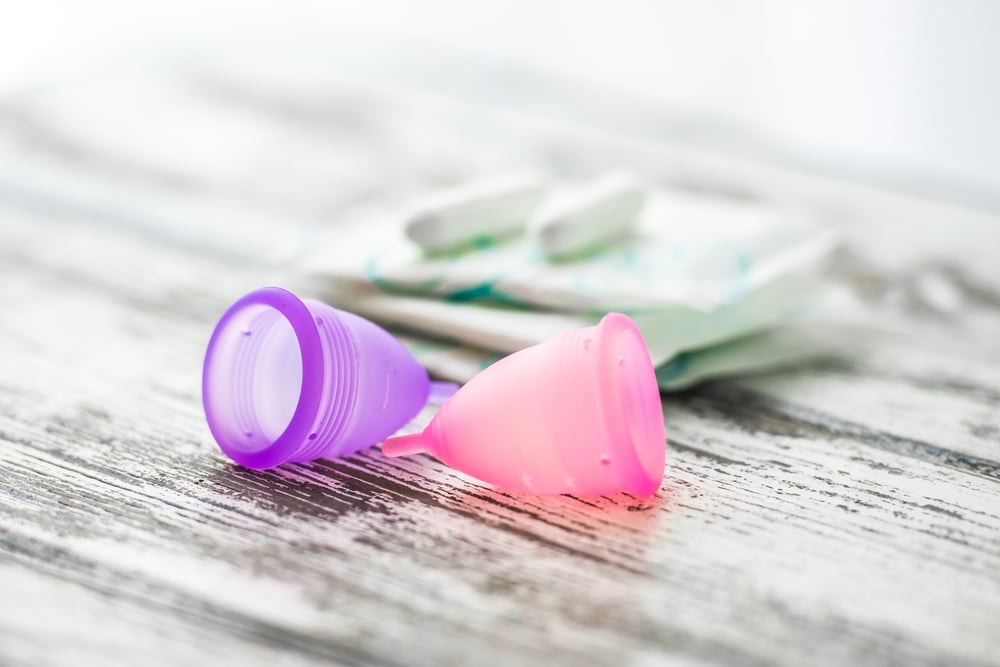
05 Aug Feminine Hygiene The New and Natural Way
Sanitary wear is one of the most intimate things you can use for body care. It comes into such close contact with where you are so vulnerable, so surely exactly what is in your monthly hygiene products is worth thinking about? The realm of feminine hygiene has been such a private undiscussed one in general that it has been air-brushed to create as sterile an image as possible for the sake of sales, at the expense of what is really healthy for our bodies. Not only that, but what are the environmental implications of how we support our monthly cycle?
THE LOWDOWN ON PADS AND TAMPONS
The skin in your vagina is delicate and very permeable, so whatever it contacts can be absorbed straight into your bloodstream. If you are concerned about chemical-free body products and food, you should be concerned about what your tampons and pads are made of.
TOXINS
Most sanitary pads are made of about 90% petrochemical materials, including BPA and BPS which are known to interfere with pregnancies and are also linked to heart disease and cancer. Manufacturers also use phthalates to create a smooth finish for tampons and these are known to cause DNA damage. Synthetic rayon is a major component in tampons and pads and is bleached to look pure and white. This results in the creation of dioxin, a toxin which is known to collect in your tissues and have a myriad of toxic effects on your body. And even if your sanitary wear contains some real cotton, most cotton is genetically modified and has been sprayed with numerous pesticides that can cause cancer. Non-organic cotton is one of the most pesticide-heavy crops in the world.
FIBRE LOSS
Another concern is fibre loss from tampons. They have been found to shed their fibres into the vagina, which means that tiny little plastic fibres could be left lodged in the lining. This was found to be the case by nurses who were doing smear samples on women. The solution manufacturers came up with was to add the plastic polypropylene to seal the fibres tighter. More plastic.
IRRITATION
All of these synthetic materials can really take their toll and cause damage and irritation that can lead to problems like thrush, bacterial infections or itching and swelling.
EXPOSURE
A lifetime of using thousands of tampons or pads can add up to quite a lot of toxic exposure! Not only that, but leave behind quite a load of plastic waste in landfills for Mother Earth to deal with.
TOXIC SHOCK SYNDROME
Most tampon manufacturers warn about toxic shock syndrome on their packaging. This is a life-threatening condition that is rare, but can occur as a reaction to using tampons. A possible cause is thought to be related to extremely absorbent fibres such as rayon and cellulose fibre. Being able to leave an ultra-absorbent tampon in for a long time may seem convenient, but is it safe? The Mayo Clinic’s take is that it can lead to bacteria breeding, or else the synthetic fibres could scratch the vaginal wall and allow bacteria to penetrate into the bloodstream…
Symptoms Of Toxic Shock:
• Sudden high fever
• Vomiting
• Low pressure
• Seizures
• Diarrhea
• Vomiting
• Rashes on your palms or soles
• Aching muscles
• Inflamed eyes or throat
THE SILVER LINING: NEW OPTIONS
Going natural doesn’t have to mean going unhygienic. There are some lovely modern and very effective options available these days that respect your body and the earth and don’t pose the same dangers.
The Goddess Cup
The Goddess Cup is a menstrual cup you insert to collect your menstrual blood. It’s really simple once you get the hang of inserting it and when done properly you won’t even know it’s there. It’s made from medical grade silicone that is extremely inert, safe and hypoallergenic. Even better, this simple little cup is so streamlined and doesn’t have any fibres that can break off and get left behind. It can hold up to three times more fluid than a tampon, so it’s practical too. Because it’s reusable and can last for years, it is so much more eco-friendly.
Natracare
Natracare is an eco-friendly option for those who are more comfortable with tampons and pads, or even just want the assurance of using panty liners now and again. Natracare tampons and pads are made from only certified organic 100% cotton. They are also non-chlorine bleached and you can be reassured that they do not contain synthetic materials, such as rayon, or chemical additives such as binders or surfactants. The organic cotton is also fully biodegradable, so even though you may be using a disposable, it won’t be choking up the earth the same way plastic-based ones do.
Hannahpad
Hannahpad is a range of reusable cloth menstrual pads and panty liners made from 100% certified organic cotton. These are really a fantastic new and feminine take on the pad. They are fully washable, ultra-soft, thin and discreet and have very pretty cotton covers. They are also waterproof so you don’t have to worry about leaking. They’ll last you for years, so you won’t be wasting precious resources unnecessarily.
The Mooncup
The Mooncup is another menstrual cup that provides a sleek, simple, all-in-one reusable option that can last for up to eight hours. It’s made of soft medical grade silicone and comes in two sizes that are based on your pelvic floor tone, so you can determine which will suit you best. Menstrual cups eliminate the possibility of toxic shock syndrome associated with the fibres in tampons and are a simple once-off device that will last you for years.
Sanitary wear is an ecological issue that has perhaps been too behind the scenes because of its sensitive nature. Loving and honouring your feminine cycles needn’t be at the expense of Mother Earth and now there are some really effective alternatives, so you can make an empowered choice as a green goddess!
Read more about eco-friendly sanitary wear here:



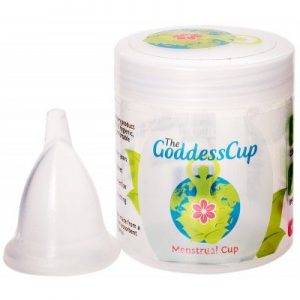
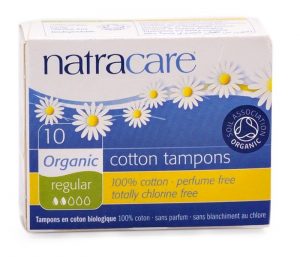
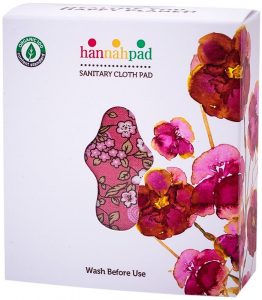
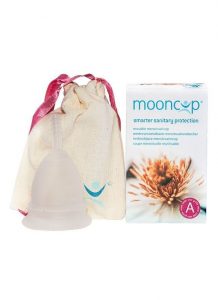
No Comments